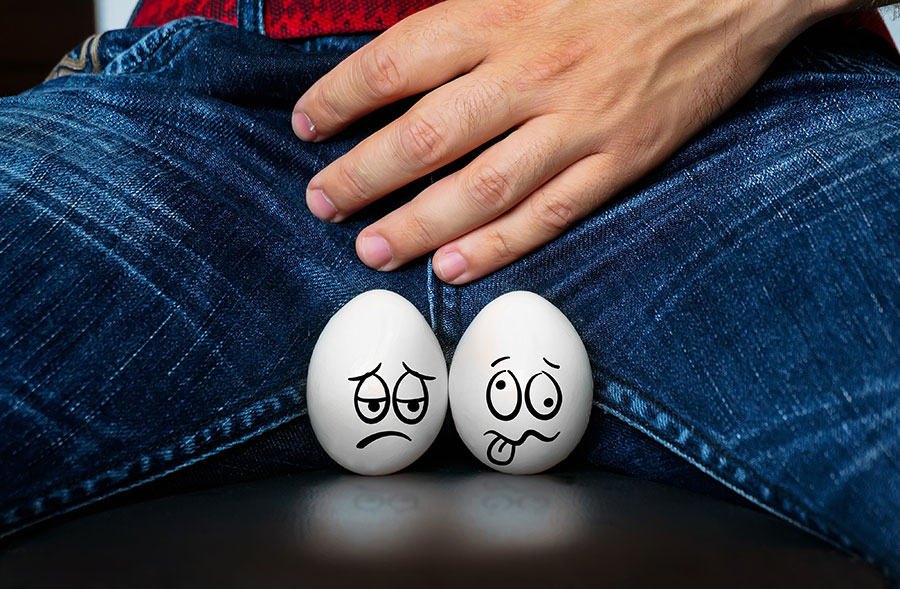
Thousands of men suffer from chronic testicular pain that affects their quality of life. This pain can be continuous or intermittent. In order to call testicular pain chronic, it should be pain that does not go away despite trying various treatments for 3 months. When investigated, no cause can be found in approximately 30% of patients. Serious approaches are needed to determine the cause of testicular pain. In fact, although the subject concerns Urology and Nephrology specialists, when chronic pain occurs, it is inevitable for pain specialists to intervene. In this context, many patients come to us as a result of the guidance of the specialist doctors and the research done by the patients themselves to get rid of these pains, and we contribute to them with good results.
These pains can be treated to a large extent with the contribution of non-surgical but technological opportunities.
When describing their pain, patients express complaints of burning, pain, pressure, throbbing, heaviness, pulling sensation or a combination of these. The degree of testicular pain, that is, the feeling of discomfort, varies from person to person. These pains are not only disturbing from time to time, but also show a continuous or increasing course. Sometimes they increase with movement, and sometimes they can be felt only by examination or touch. Pain that is usually felt in one testis can rarely be seen in both testicles.
While some patients state that their pain increases during sexual intercourse, on the other hand, pain complaints are felt more in those who have to sit and drive for a long time. Even heavy lifting can increase the pain. The pain sometimes spreads and causes reflected pain.
Many conditions such as a history of trauma, infection, tumor, varicocele, torsion (testicular twisting), spermatocele, hydrocele, benign cysts cause chronic testicular pain and sometimes no cause can be found. Treating the cause is, of course, the domain of the relevant branch physicians. However, if even chronic pain cannot be dealt with, non-surgical solutions by pain specialists should come into play.
The wisest choice for testicular pain that does not respond to conventional treatments is to disable the pain nerves that go to the testicles. Here, the target is the trifecta nerve complex located in the spermatic cord and is easily found by means of a needle-electrode inserted from the outside. Thanks to the technological devices we have, the pain nerves that go to the testicles are pinpointed and patients get rid of these pains for a long time with a short-term pulse radiofrequency application. This non-surgical application takes about 10 minutes. It is possible to achieve a permanent success of 60-90%. In this repetitive application, the nerves are not damaged, they are only rendered incapable of transmitting pain. During the procedure, patients do not receive anesthesia and do not feel pain. Local anesthetic is applied only in the inguinal region to avoid the pain of insertion of the electrodes. After the procedure, the patient can easily get up and go home. Approximately 3 weeks after this technique is applied, the patient feels that their pain has decreased.
Radiofrequency therapy is a new and effective application. It is preferred by patients because it is non-surgical. However, Microsurgical Spermatic Cord Nerve Peeling can be applied for pain.
Surgical methods such as microsurgical denervation of the spermatic cord or microcryoablation of the spermatic cord produce effects similar to the radiofrequency method. Botox or Amniofix injections are also applied for these pains, but the results are not satisfactory.
One of the non-surgical solutions, micro cryoablation (freezing) of ilioinguinal and genitofemoral nerve fibers under ultrasound guidance provides benefits, albeit temporarily.
Gerekli alanlar * ile işaretlenmişlerdir.
